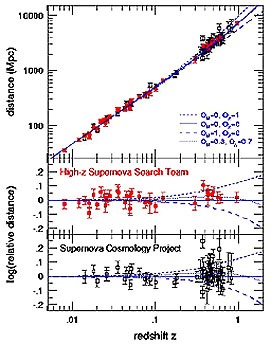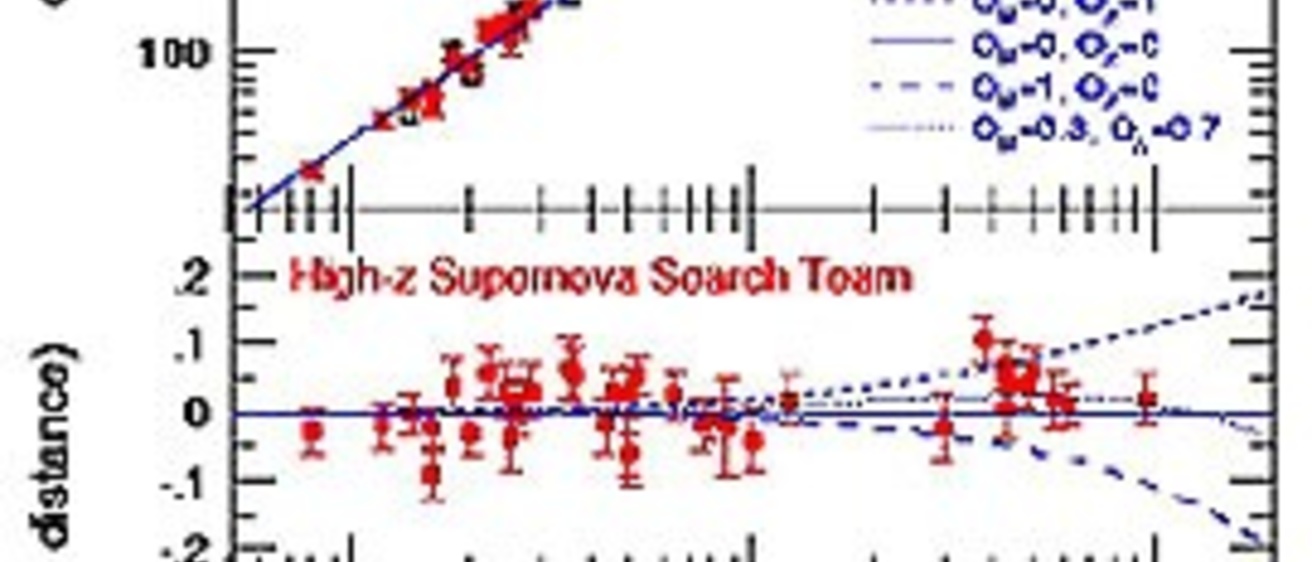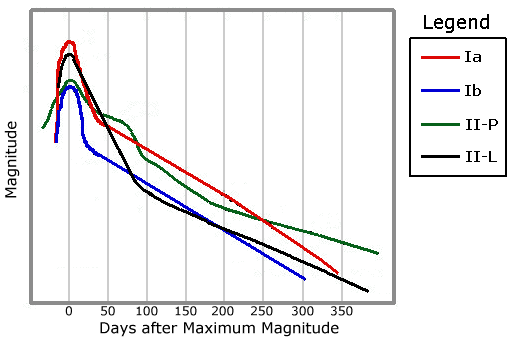
Though Type II supernovae can vary significantly in brightness, all type Ia supernovae have approximately the same absolute magnitude. This is due to the process in which they supernovae occurs. Type Ia supernovae occur when a white dwarf accumulates too much mass to resist the force of gravity. This always occurs when the mass of the star reaches the Chandrasekhar Limit of 1.4 solar masses.

